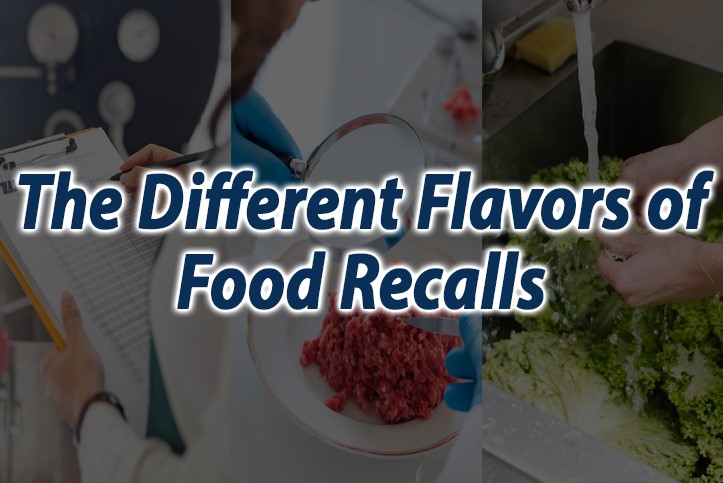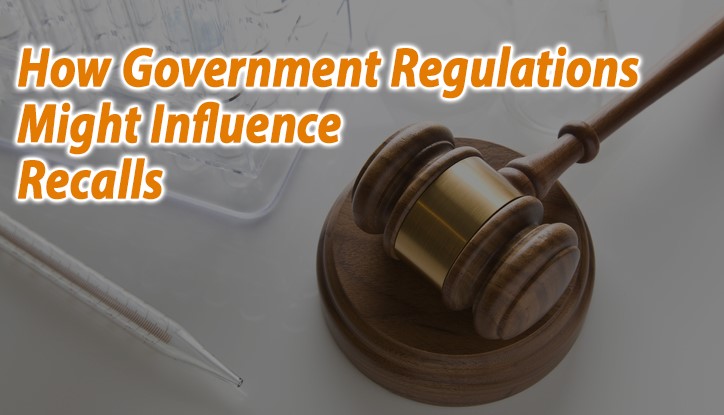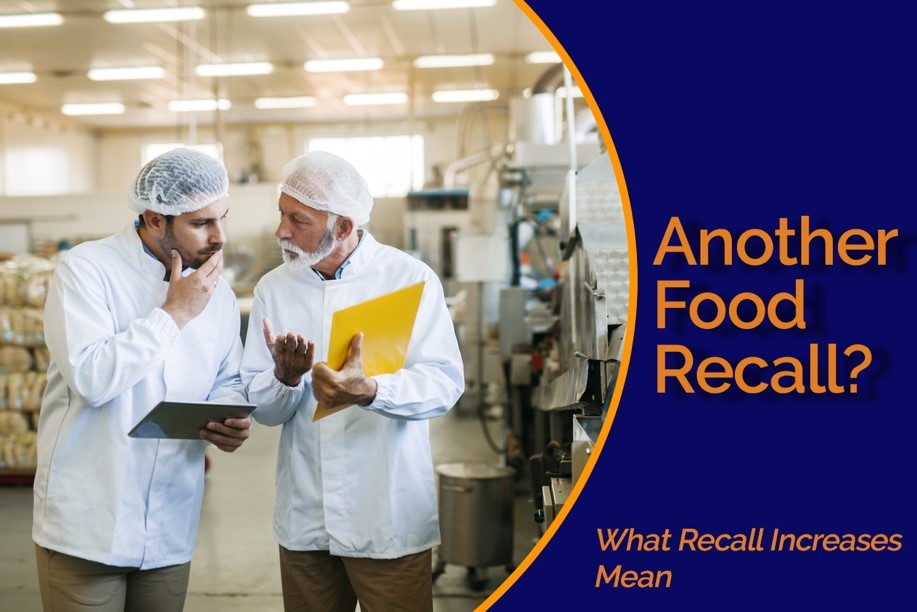It seems like food recall increases are telling us something. From the Romaine lettuce E. coli outbreak to the withdrawal of Salmonella-contaminated pig-ear treats, recalls are showing up in newsfeeds at a steady clip.
While we hear about food recalls regularly, it’s essential to consider what the numbers mean. Let’s look at some of the details.
The different flavors of food recalls

While the Centers for Disease Control alerts the public about food pathogen outbreaks, two government bodies manage recalls.
Food and Drug Administration (FDA) takes care of about 80 percent of U.S. foods, including processed foods, cheese, and produce.
United States Department of Agriculture (USDA) and the Food Safety Inspection Service (FSIS) manages meat and poultry safety.
FDA and FSIS classify recalls according to the potential harm the food could cause. Class I Recalls are the most serious, while Class III Recalls are the least problematic.
Why food recall numbers are not so cut and dried.
There’s more to the rise in recalls than just the numbers. It’s important to note that most recalls are voluntary. Food companies often remove products as a precaution—before the food poses any health problems.
Better technology catches problems early
Technology advances may also influence recall numbers. FDA Commissioner, Dr. Scott Gottlieb (who recently stepped down) commented on food recall increases: “I think that the issue isn’t that there’s more unsafe food…I think what’s happening is that we have better technology than ever before to link outbreaks of human illness to a common pathogen.”
For example, the USDA initiative New Era of Smarter Food Safety is using technology to improve the food supply chain. Challenges that investigators experienced during the 2018 Romaine recall inspired the initiatives.
Commenting on the need to improve traceability, Gotlieb said that paper records, some of which were hand-written, slowed the complex process of identifying the contamination origin. With a focus on traceability technology, problem products can be identified and shared with trading partners in the supply chain more efficiently than with previous methods.
One of the traceability technologies still on the table is blockchain—the digital recording system that creates a permanent record of a product’s journey.
Recall word travels faster and further
Due to the speed and vast reach of the internet and social media, recall alerts reach inboxes, newsfeeds, phone apps faster.
Government agency websites and social media channels distribute recall information instantly. The spread of information could create the impression that recalls are on the rise.
Keep in mind that from 2015-2018, USDA recall numbers have remained relatively consistent:
Data source: FSIS, USDA
How government regulations might influence recalls

One of the most significant changes to occur in food safety came about with the 2011 Food Safety Modernisation Act (FSMA). The goal of FSMA is to focus on food safety prevention rather than reacting to a food issue.
The new regulations require food companies to develop a safety plan and complete training. It also gives FDA greater enforcement capabilities, including getting access to food-production records and requiring higher record-keeping standards.
The implementation of FSMA reached its peak in late 2018 for large businesses. Companies developed new preventive food safety plans and completed training.
Increased diligence and oversight may identify more potential food problems than in the past, resulting in increased recalls.
Increasing food safety one recall at a time
The U.S. food supply has a reputation for being one of the safest in the world. It’s also incredibly complex, consisting of ingredients sourced from around the globe and a supply chain with many touchpoints.
Companies initiate food recalls—voluntarily or by government demand. Additionally, government oversight, preventive measures, and better technology may trigger more recalls, increasing the numbers.
However, when you weigh the number of recalls against the enormous amount of food the U.S. produces each year, our food system seems pretty safe.
What are your thoughts on why recalls appear to be on the rise? Please let us know in the comments.
At Ingredient Exchange, we help customers rescue their problem inventory and turn it into cash. Contact us to move your off-spec, down-graded and discontinued ingredients.
